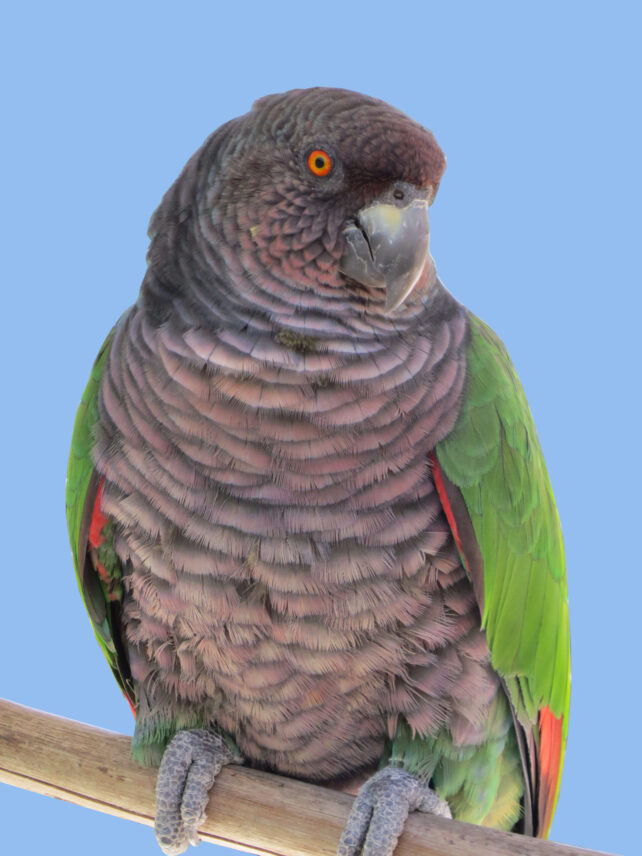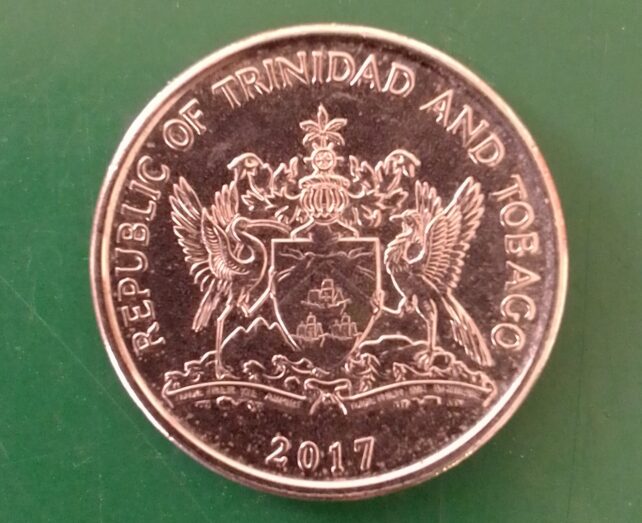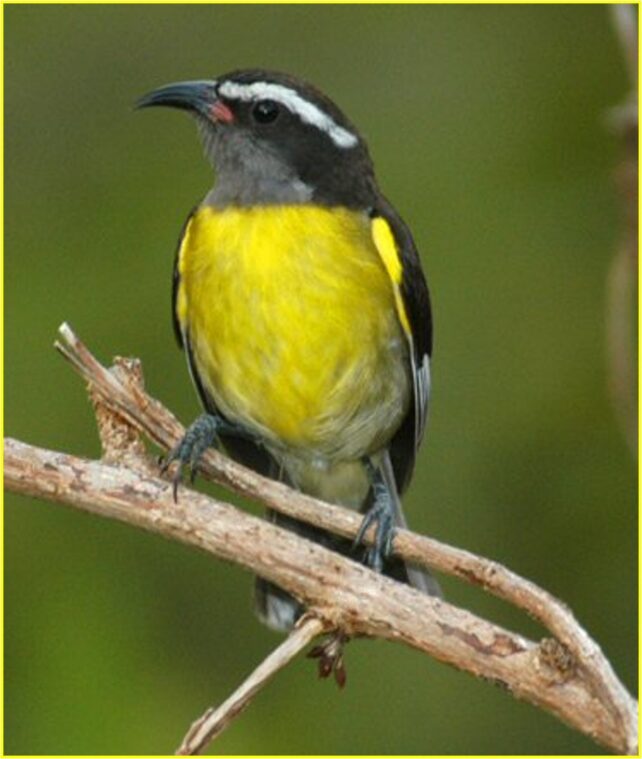
The Caribbean is reported to be home to over 700 species of birds, including 171 species that are endemic to the region, meaning, they are found nowhere else in the world. Several of those birds have been featured on postage stamps of individual territories, and even on local currency (bank notes and coins) of some.
There is much symbolism associated with the indigenous birds of the Wider Caribbean. For example, several territories have given one (or two) species of their bird life national prominence by formally designating or at least adopting these as their National Bird(s).
The Montserrat Oriole on Montserrat, the Tocororo on Cuba, the Red-billed Streamertail Hummuingbird – also known as the ‘Doctor Bird’ on Jamaica and, of course, the Sisserou Parrot on Dominica are just a few examples.
Furthermore, Trinidad and Tobago, with their eight (8) species of hummingbirds is popularly referred to as the ‘Land of the Hummingbird’, whilst Dominica which is home to one of the rarest species of Amazon parrot often presents itself as ‘Sisserou Land’.
Returning ‘down south’ it may be interesting to note that Trinidad and Tobago has designated two, yes two, National Birds – one for each of the islands in that twin-island Republic. And still, the National Flag of one other country, viz. the Commonwealth of Dominica features a Sisserou or Imperial Parrot at the centre of our flag’s design.
Importantly, several territories in the Wider Caribbean have also included at least one bird as an emblem on their Coat of Arms or Official Seal. In some cases, such birds are the ‘supporters’ on one or both sides of the shield of the Coat of Arms.
*In alphabetical order by territory, the Coat of Arms of the Commonwealth of the Bahamas features a Caribbean Flamingo, the country’s National Bird, as one of the shield’s supporters.
*Barbados, the Land of the Flying Fish features a Brown Pelican as the right supporter of the shield on their Coat of Arms.
*Dominica’s Coat of Arms features a pair of our National Bird, the endemic and endangered Sisserou or Imperial Parrot as the shield’s supporters.
*French St. Martin which shares part of its border with Dutch Sint Maarten, includes a Brown Pelican on that territory’s Coat of Arms.

*In the southern Windward Islands the Grenada Dove, which is endemic to Grenada, is one of the two supporters of the shield on the Caribbean Spice Isle’s Coat of Arms.
*Guyana, the only English-speaking South American country, features their National Bird – the Canje Pheasant – on their Coat of Arms.
*The Dutch Antillean island referred to as ‘The Rock’, i.e. Saba, which boasts of having the shortest commercial runway in the world features an Audubon Shearwater – their National Bird – on their Coat of Arms.
*The Coat of Arms of our ‘sister island’, the Helen of the West, St. Lucia, where Kwéyòl is widely spoken, features a pair of St. Lucian Parrot as the two supporters of the shield. This bird, affectionately called ‘Jacquot’ (Amazona versicolor) in St. Lucia is different from Dominica’s Jaco/Jako or Red-necked Parrot whose scientific name is Amazona arausiaca.
*The twin-island state of St. Kitts & Nevis in the Leeward Islands has adopted the Brown Pelican as their National Bird which also features on their Coat of Arms.

*The Coat of Arms of the Land of Calypso, Soca, Steelband and the Hummingbird, i.e. the Republic of Trinidad and Tobago, is unique in that it not only features four birds from three (3) different groups, but one bird represents Trinidad and another represents Tobago. The supporters of the shield comprise a Scarlet Ibis (Trinidad’s National Bird) on the left, and a Cocrico or Rufus-tailed Chachalaca (Tobago’s National Bird) on the right. Two hummingbirds also feature in the design of their Coat of Arms.
*The US Virgin Islands do not have a Coat of Arms per se, but they have adopted an Official Seal, the design of which features a Bananaquit – their National Bird – at the centre, and is one of the largest elements in the design of the seal. ‘Sikiyé is the Dominican Kwéyòl name for that bird.

*Still up north, the Turks & Caicos Islands (TCI) are a British Territory whose Coat of Arms features more than one species of bird. That territory included a Caribbean Flamingo as well as a Brown Pelican on their Coat of Arms.
Thus, with the region’s diverse flora and fauna no less than eleven territories collectively feature ten species of birds (plus hummingbirds) on their Coat of Arms and Official Seal. The Pelican features on three Territories’ Coat of Arms, and the Flamingo on two.
And so, among the wider Caribbean there is national symbolism associated with the Audubon Shearwater, Bananaquit, Brown Pelican, Canje Pheasant, Caribbean Flamingo, Cocrico, Grenada Dove, hummingbirds, Scarlet Ibis, Sisserou Parrot, the St. Lucian Parrot, and other birds that have been declared individual territories’ National Birds but do not feature on their Coat of Arms, such as the St. Vincent Parrot, Jamaica’s Doctor Bird and many others.
The above presentation could be considered a bit of Caribbean Civics that should get us out from our offices, homes, etc looking at the fascinating bird life around us.
Readers who wish to familiarize themselves with the Coat of Arms of the individual territories could do some Internet searching on Google Images. Special Thanks to “Surgeon General” Yannik Bethel for surgically and carefully freeing the Sisserou from the cage.

Well done Mr.James,as brilliant as ever.Keep up the good work.Typical UWP always trying to destroy something good a kidnapped jacka.
Very informative. Keep it up Arl.
Where are the parrots that were kidnapped from Botanical Gardens after Hurricane Maria. Who took them or sold them, they need to be brought back home.
Well written article, which enlighten me on the different birds that are affliated with the various islands. By far the Sisserou is majestic and oh so beautiful. Job well done Arl.